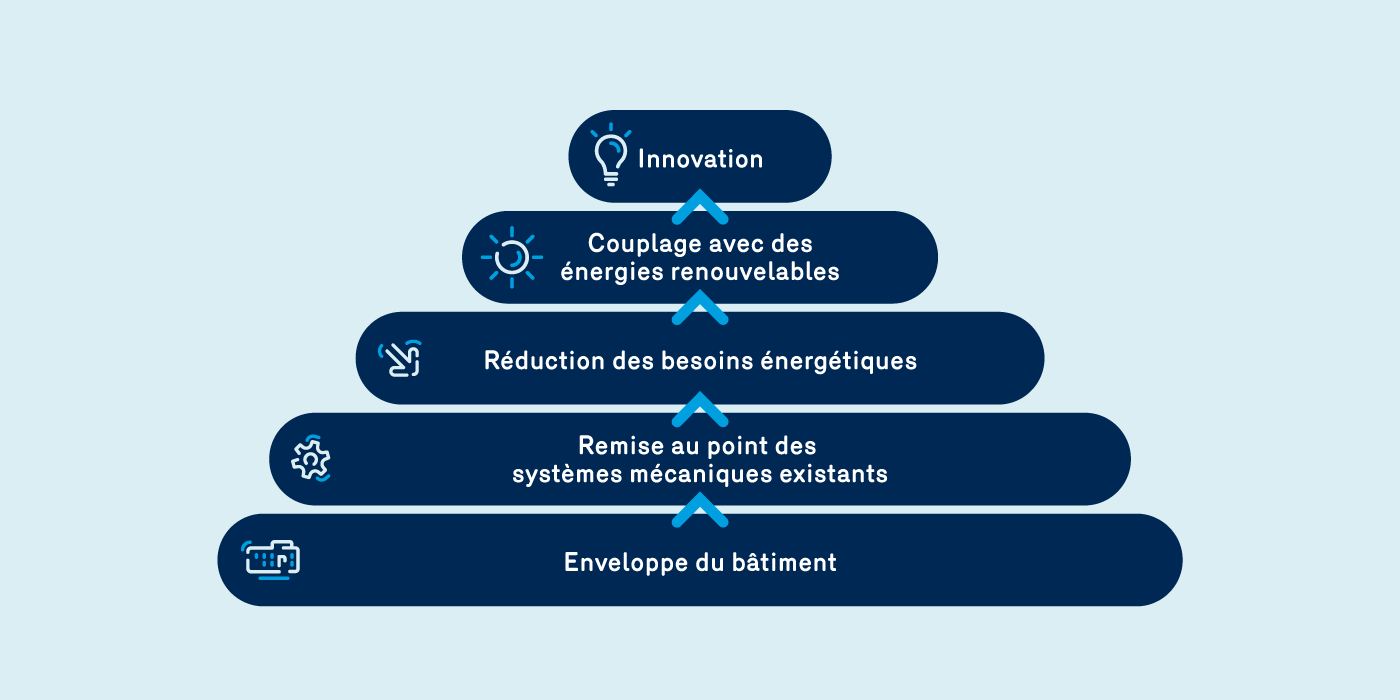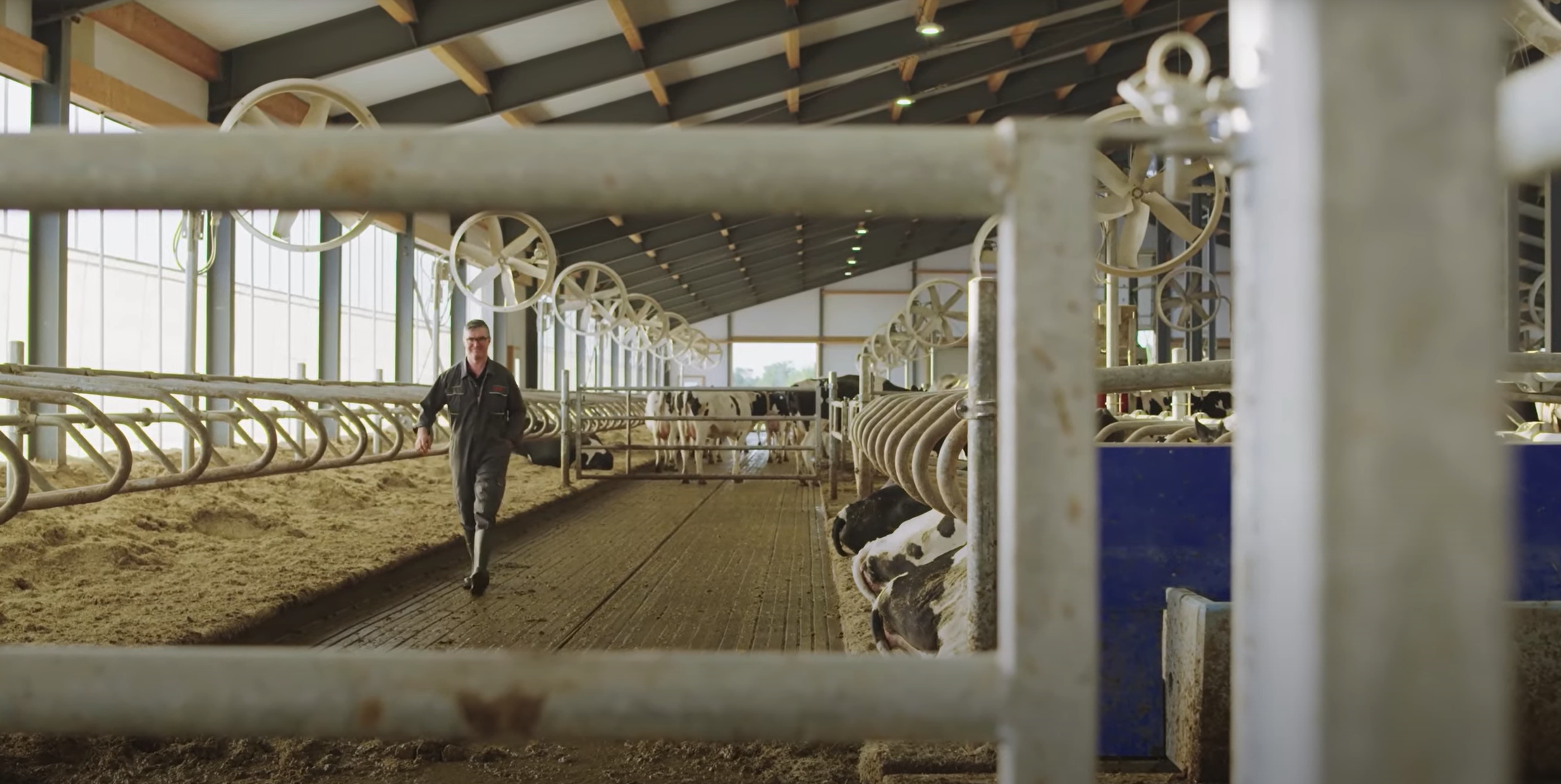
What to put in the brown bin to create energy

More and more line our streets, and they’re here to stay! Brown bins (and bags) have crept into our daily lives, quietly prompting us to change our habits. But do you really know what they’re for, or how their contents are used? Here are some answers to help you understand what they are all about.
What does a brown bin eat in winter?
Do you know how to feed your brown bin or bag? If you’re not sure, here’s a handy little guide on what goes in.
Food scraps
Fruit and vegetable peels and stalks, meat and poultry bones, egg shells, nut shells and fruit pits, table scraps, coffee filters and tea bags.
Soiled paper and cardboard (If they aren’t dirty, they go in the recycling!)
Soiled pizza and pastry boxes, paper plates and cups, tissue paper and napkins.
Yard waste (except branches)
Dead leaves, flowers, plants, grass clippings, sawdust, bark, wood chips, garden waste.
From the brown bin to renewable natural gas
Once the organic material is collected, it is sent to a biomethanization plant. Biomethanation is a process for transforming organic matter that involves placing organic matter in biodigesters, which are enormous vats that digest organic matter like a giant stomach. The decomposition of materials naturally produces methane which we harvest to turn it into renewable natural gas. Renewable natural gas is a 100% renewable, clean energy source which can be injected into the gas network. The energy is ready to be consumed, in the same way as conventional natural gas: to heat buildings or boil water, for instance. At the end of the biomethanation process, a residue called digestate is left, and this can be used as fertilizer. To learn more, test your knowledge with this quiz.
A role model
The municipality of Saint-Hyacinthe has been the only city in Québec to produce energy through biomethanization to take another step forward in the fight against climate change. Other projects will follow suit shortly, including that of Coop Agri-Énergie Warwick, Québec City, the Société d’économie mixte de l’est de la couronne sud (SEMECS) and the Régie de gestion des matières résiduelles de la Mauricie.
Did you know? According to Recyc-Québec, 47% of the residual materials generated by Quebecers (over 400 lb per year) are organic materials. Remember to put them in your brown bin where they can be either be used for compost or to create energy in order to reduce GHG emissions from landfill sites.
You may also like...



Energy, Sustainable development
Énergir and Quebec City, united for waste recoveryPopular articles

The Maslow energy efficiency pyramid: A winning approach to successful energy efficiency projects
See the article
Coop Agri-Énergie Warwick, a model of environmentally responsible agriculture
See the article
Saving energy while keeping customers comfortable: the winning recipe at Marchés IGA Lambert
See the article